“Old into Gold”
Article By Barley Massey
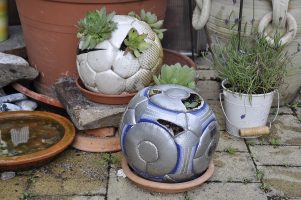 At this time in humanity’s evolution, wealthy nations are living through a highly materialistic time. Vast amounts of resources, time and costs are invested into producing, marketing and acquiring “stuff” which then quickly losses its perceived value or becomes obsolete and is discarded.
At this time in humanity’s evolution, wealthy nations are living through a highly materialistic time. Vast amounts of resources, time and costs are invested into producing, marketing and acquiring “stuff” which then quickly losses its perceived value or becomes obsolete and is discarded.
The excavation of ancient rubbish dumps by archaeologists reveals miniscule amounts of ash, broken tools, and pottery, meaning early civilizations reused and repaired what they could, rather than dumping it. Fast forward through the industrial revolution of the late 18th century and we see the rise of mass production of goods, monoculture and commodification of the earth, plants, animals and human beings. What will future archaeologists make of our behaviour based on our rubbish dumps?
William McDonough and Michael Braungart in their book “Cradle to Cradle” point out that we are still following an outmoded “Cradle to Grave” manufacturing model, dating from the industrial revolution, which TAKES – MAKES – WASTES. The term “Upcycling” was also first brought to public attention through this book and makes a clear separation between Recycling (actually down cycling!) and Upcycling (which adds value).
“Upcycling” is a modern-day response to our “throwaway” consumer society. According to Wikipedia “Upcycling” is the process of transforming by-products, waste materials, useless or unwanted products into new materials or products of better quality or for better environmental value. I have been working within the area of textile reuse for over 20 years. Through my craft practice I have also learnt about some subtler aspects of upcycling. These aspects or “3 golden principles” are modelling from nature, power of transformation and connecting with beauty.
Upcycling draws inspiration from the extraordinary book of nature. In “Cradle to Cradle” the cherry tree is described, which gives abundantly, producing thousands of blossoms in order to create another tree. The tree also provides oxygen and nourishment for other life forms. In the book, the authors have developed a “Circular Economy Upcycling Concept”, a vision for products conceived as “Biological and Technical Nutrients”. The Biological can easily re-enter water or soil without depositing synthetic materials and toxins. The Technical continually circulates as pure and valuable materials within closed loop industrial cycles.
Upcycling transforms “Old into Gold”. When we attempt to change our world creatively for the better we begin to enter the world of Alchemy. The external aim of alchemy was to transmute base metals into gold. Internally the alchemists re-crafted themselves, awakening different planes in order to control and direct them in service of something higher. This “Great Work” was a process in stages, which can be loosely compared to the 3 stages of upcycling:
Repair and Renewal: Japanese Boro (meaning something tattered or repaired) was traditionally used to reinforce points of wear or to repair tears with patches, making the darned piece ultimately stronger and warmer.
Deconstruction: My own “Remember Me” service works with emotions and thoughts as I co-create with people and their lost loved ones items of clothing into new and therapeutic items.
Rebirth: Artist Lucy Orta’s “Identity & Refuge” project brought a new lease of life to old/abandoned clothing and a new lease of hope experienced by the residents of the Salvation Army refuge in Paris. A “Rags to Riches” story (Clothes to Self Awareness).
Upcycling connects us with beauty. It alters our perception of beauty, which can be found in everything (even rubbish). Both Plato and Plotinus believed that everything in the “material world” is a reflection of “perfect objects” in the realm of forms. Also that one can ascend from the appreciation of “things” up the ladders of forms, away from mere appearance to find inner depth – the essence, pure beauty, an experience of love – the root of wisdom to connect with the divine.
I recently discovered a children’s orchestra from the community of Cateura, a slum next to a rubbish landfill in Paraguay. As a musical instrument has a higher cost value than a house, the community of litter pickers ingeniously created a full orchestra of musical instruments made entirely from rubbish for the children to learn how to play music. They now regularly perform concerts and their story can be seen in the documentary film “Landfill Harmonic” with the opening title “The world sends us garbage, we send back music”. This project plays all the 3 strings of upcycling’s “Golden Principles” It is a virtuous circle transforming not just waste materials but people’s lives through a connection to and transmission of beauty.
Image Credits: By karin _ van _ Duke | Pixabay | CC BY PD
The entity posting this article assumes the responsibility that images used in this article have the requisite permissionsImage References
By karin _ van _ Duke | Pixabay | CC BY PD
Permissions required for the publishing of this article have been obtained
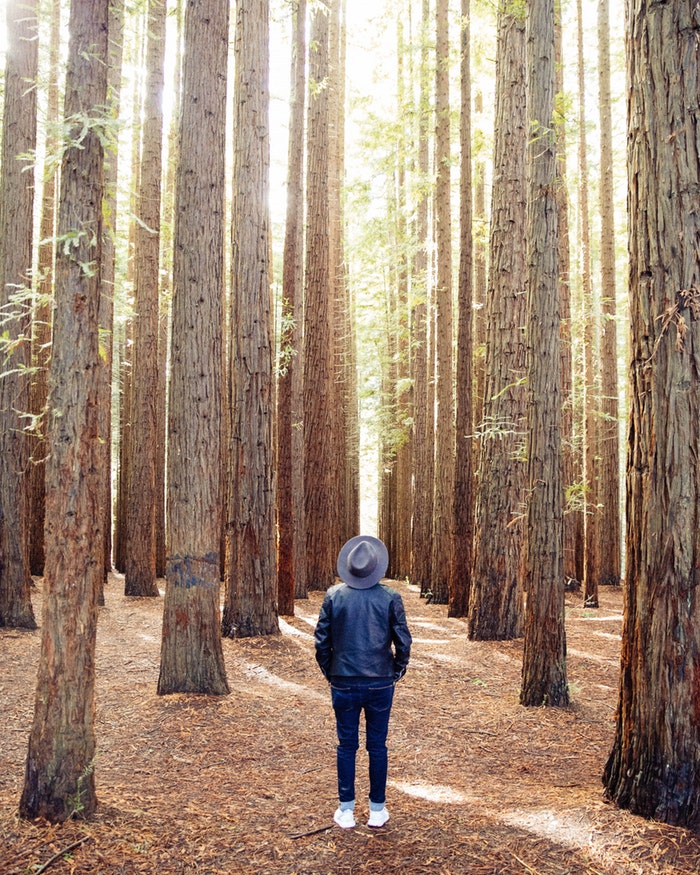
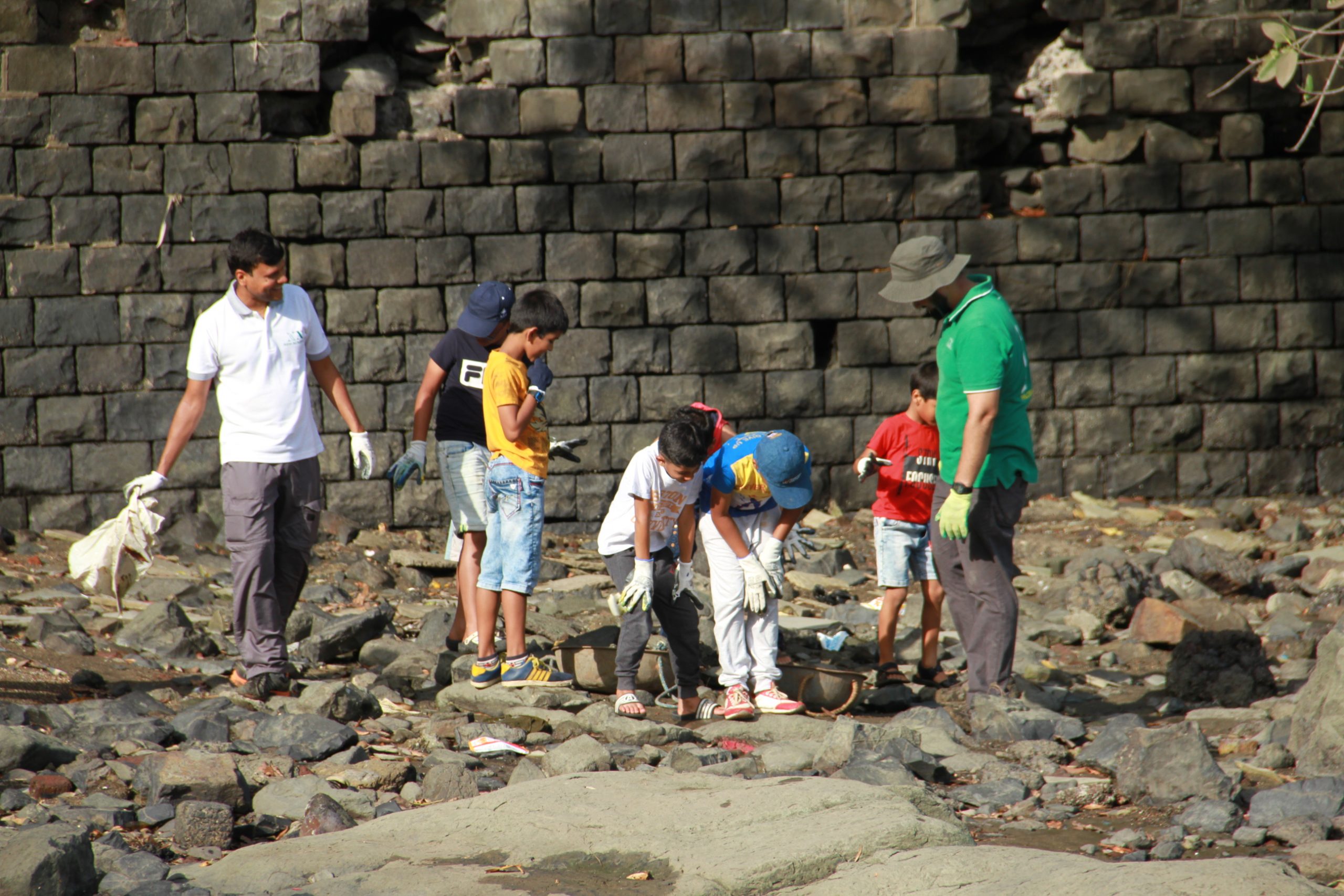
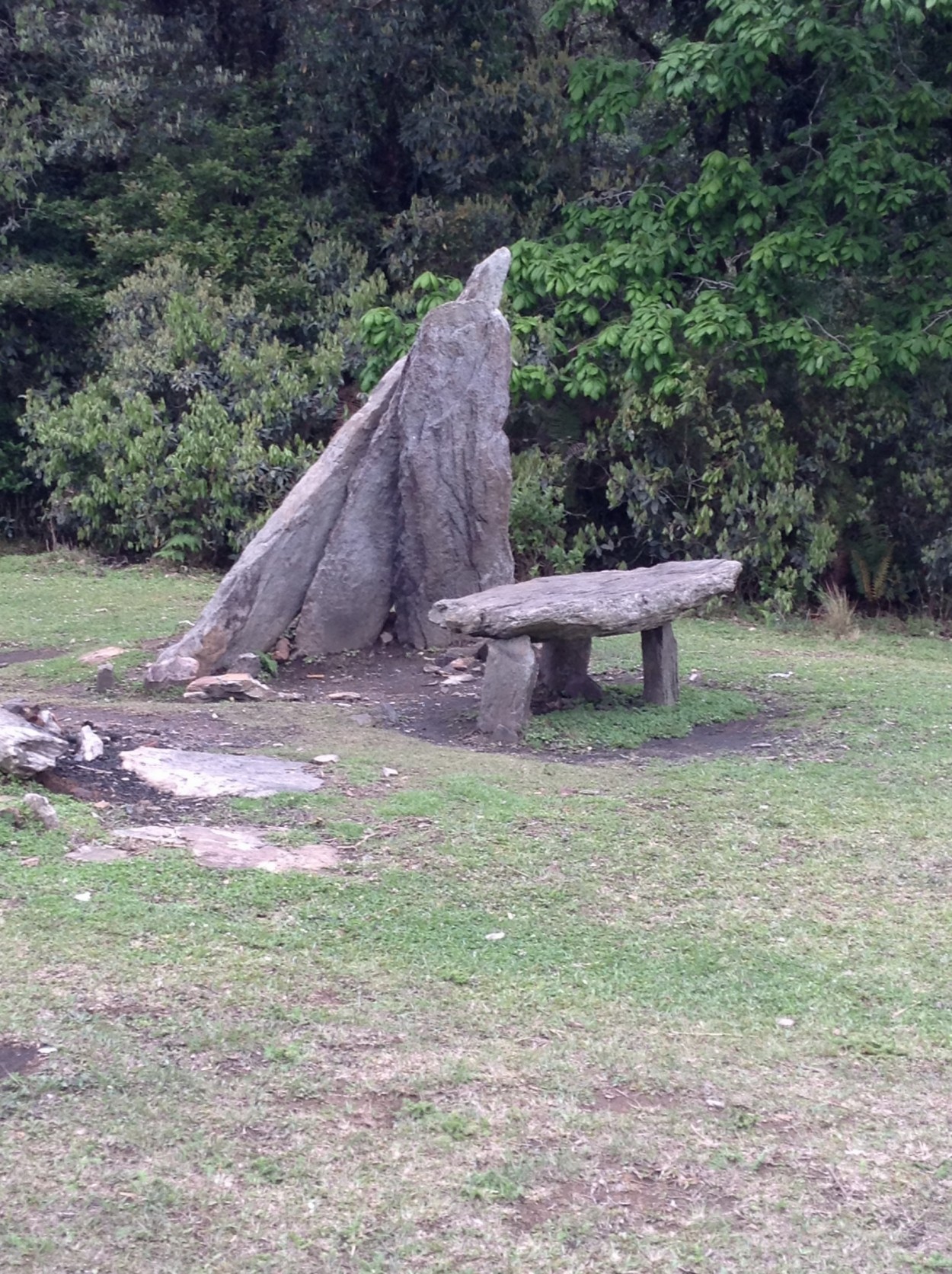
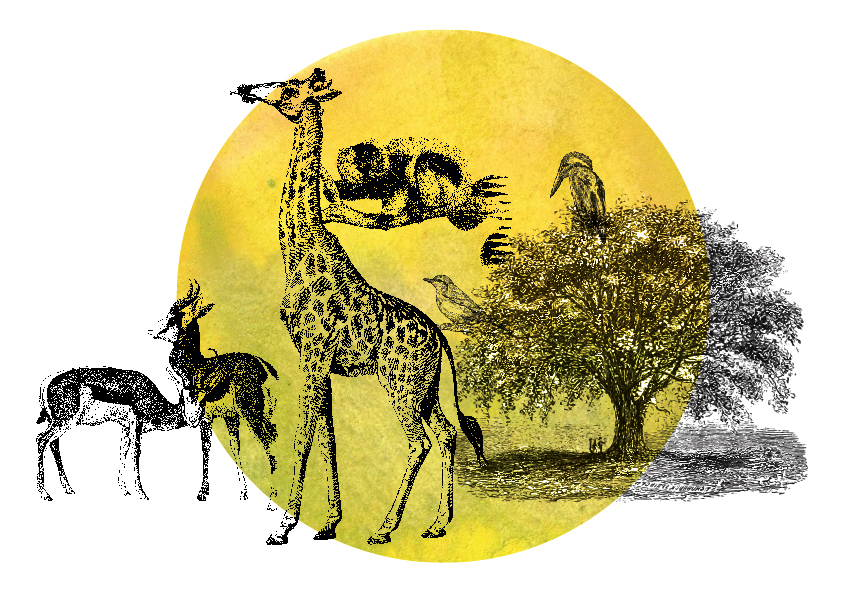
What do you think?